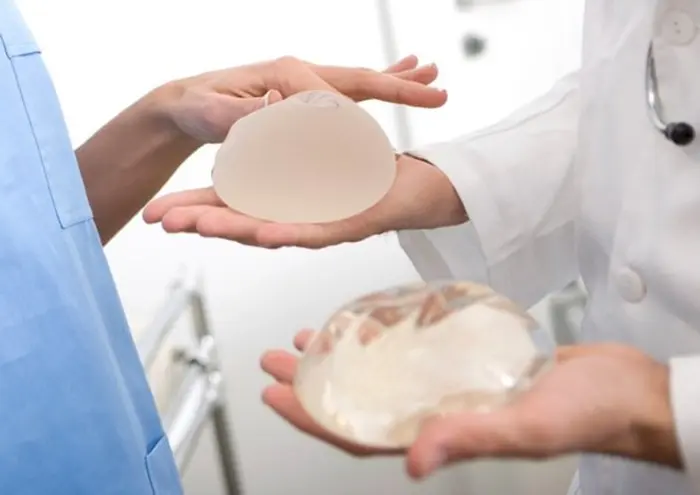Breast implant removal is a procedure many women consider for various reasons, ranging from complications to a change in aesthetic preference. Understanding the costs associated with this surgery is crucial for anyone contemplating this decision. In this article, we will explore the factors influencing the cost of breast implant removal, the components of the total expense, and what to expect during the process.
Factors Influencing the Cost of Breast Implant Removal
Several factors contribute to the overall cost of breast implant removal. These include:
Type of Procedure
There are different types of breast implant removal procedures. The complexity of the surgery often dictates the cost. Simple removal without complications will generally cost less than more involved procedures that require additional work, such as the removal of scar tissue or reconstruction.
Surgeon’s Expertise
The experience and reputation of the surgeon play a significant role in the cost. Highly experienced surgeons with a strong track record of successful procedures may charge more than those who are newer to the field.
Geographic Location
The cost of medical procedures can vary significantly depending on the geographic location. For instance, surgeries performed in major metropolitan areas tend to be more expensive than those in smaller towns or rural areas due to higher overhead costs and living expenses.
Facility Fees
The choice of facility where the procedure is performed also affects the cost. Procedures conducted in a hospital setting may be more expensive than those performed in an outpatient surgical center or a private clinic due to higher facility fees.
Anesthesia Fees
Anesthesia is required for breast implant removal, and the cost can vary depending on the type of anesthesia used (local vs. general) and the duration of the procedure.
Post-Surgical Care
Post-surgical care, including follow-up visits, medication, and any necessary medical supplies, can add to the overall cost. Comprehensive care plans will typically result in higher expenses.
See Also: 4 Best Surgery For Sagging Breasts
Average Cost of Breast Implant Removal
National Averages
According to the American Society of Plastic Surgeons (ASPS), the average cost of breast implant removal in the United States is approximately $3,000 to $5,000. This figure includes the surgeon’s fee but may not cover additional expenses such as anesthesia, facility fees, and post-operative care.
Breakdown of Costs
Here is a more detailed breakdown of the potential costs involved:
Surgeon’s Fee: $2,500 – $4,500
Anesthesia Fee: $500 – $1,000
Facility Fee: $500 – $2,000
Post-Surgical Care: $200 – $500
Additional Procedures (e.g., scar tissue removal, reconstruction): $1,000 – $3,000
Insurance Coverage
Insurance coverage for breast implant removal can vary. Generally, if the procedure is deemed medically necessary—due to complications like implant rupture, capsular contracture, or infection—insurance may cover part or all of the costs. However, if the removal is for aesthetic reasons, it is less likely to be covered.
The Procedure: What to Expect
Initial Consultation
The process begins with a thorough consultation with a board-certified plastic surgeon. During this meeting, the surgeon will assess the patient’s health, discuss their goals, and determine the best course of action.
Pre-Surgery Preparations
Patients will receive specific instructions to prepare for surgery. This may include:
Medical Evaluation: A comprehensive medical evaluation to ensure the patient is fit for surgery.
Medication Adjustments: Instructions on adjusting current medications or taking new ones.
Lifestyle Modifications: Recommendations on diet, smoking cessation, and alcohol consumption.
The Surgery
Breast implant removal surgery typically takes one to three hours, depending on the complexity. The steps generally include:
Anesthesia: Administering local or general anesthesia.
Incision: Making incisions, usually along the original scars to minimize new scarring.
Implant Removal: Carefully removing the implants, and if necessary, removing or repairing the scar tissue (capsulectomy).
Closure: Suturing the incisions and applying dressings.
Recovery
The recovery process involves several stages:
Immediate Post-Op Care: Patients are monitored for a few hours post-surgery to ensure there are no immediate complications.
Home Care Instructions: Detailed instructions on caring for the surgical site, managing pain, and recognizing signs of complications.
Follow-Up Visits: Regular follow-up appointments to monitor healing and address any concerns.
Potential Complications and Risks
As with any surgical procedure, breast implant removal carries certain risks and potential complications. These can include:
Infection
Infections can occur, though they are relatively rare. Symptoms might include redness, swelling, fever, and discharge from the incision site.
Bleeding and Hematoma
Bleeding can occur during or after surgery, leading to hematomas (a collection of blood outside of blood vessels) which may require additional procedures to address.
Scarring
While surgeons aim to minimize scarring by using existing incision lines, some new scarring is inevitable.
Changes in Breast Appearance
Post-surgery, the breasts may appear deflated or uneven, especially if the implants were in place for a long period. Additional procedures like a breast lift or fat grafting may be required to achieve the desired aesthetic result.
Anesthesia Risks
Anesthesia always carries inherent risks, including reactions to medications and complications related to underlying health conditions.
Conclusion
Breast implant removal is a significant medical procedure with various factors influencing the overall cost. On average, patients can expect to pay between $3,000 and $5,000, with additional costs for anesthesia, facility fees, and post-surgical care. Understanding these costs and the process involved can help individuals make informed decisions about their health and aesthetic goals. It is crucial to consult with a qualified, board-certified plastic surgeon to discuss options, potential risks, and the best approach for your specific needs.
Related topics:

